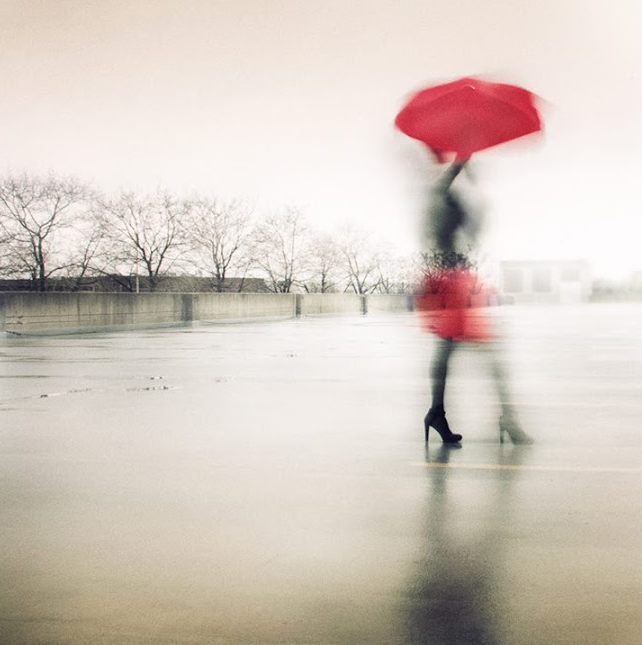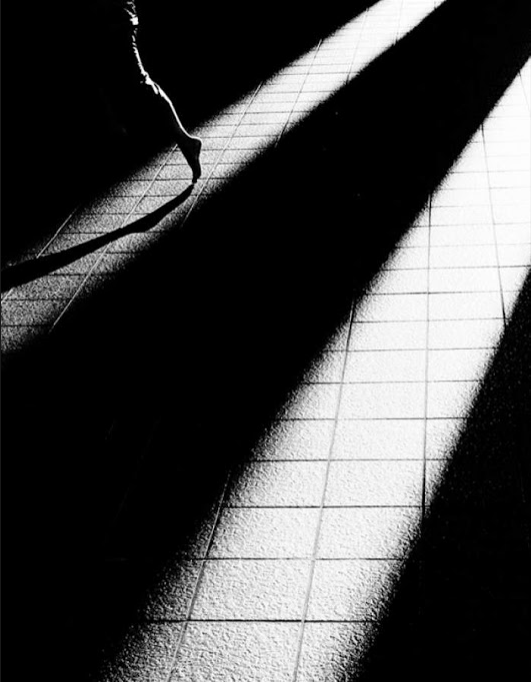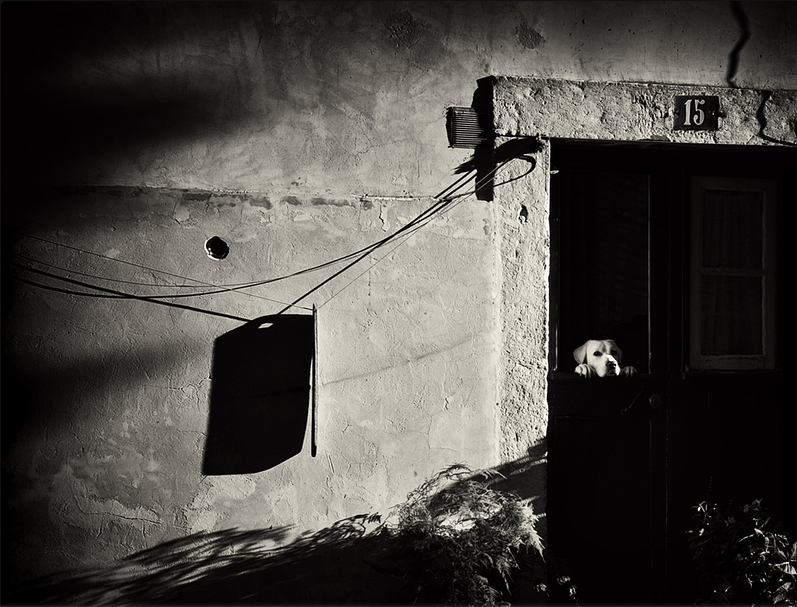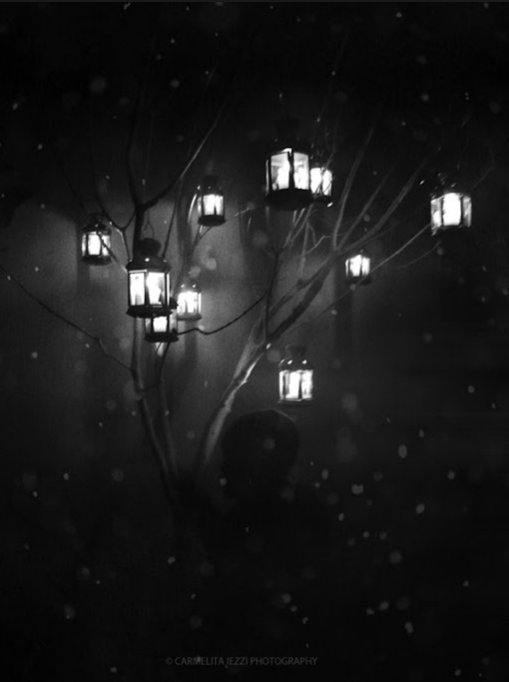In any group, in any setting, you will find yourself wondering: is my photograph a street photograph according to the standards of that group? Am I close enough from my subjects? Does it look candid enough? Do I successfully portray “life within our time”? Because each group or community is founded on a set of rules, those questions may be useful indeed. But one should be reminded that belonging to a group is not an end in itself. It is a way to find who you are as a photographer, within that group of course but as importantly, beyond it.
Street Photography groups are very often made of like-minded people, sharing a common understanding of a genre, established conventions, do’s and don’ts. It is in essence a platform to challenge oneself within a set of constraints established by the group itself. The downside of any such group is the potential for stifling innovation and creativity. Loyal members usually live and breathe by the group’s vision for street photography, forgetting to question the validity of its premises. On the other end of the spectrum, you’ll also find outliers – those new members joining with a defined idea of how street photography fits with their personal vision – who find themselves outcast for producing work that doesn’t align with the group’s established guidelines.
I do think that groups are useful – but they shouldn’t keep you from experimenting and finding your own definition of street photography, whether it fits or not established conventions. Because innovation comes from pushing frontiers, it is of the utmost importance that each of us questions this definition before embracing it. The more diverse those definitions are, the better we’ll be able to evolve and elevate this particular genre. And most importantly, the more equipped you’ll be to find your own path – that path that will eventually lead you to produce unique and remarkable work on your own.
My work is often described as street photography. Yet, after going through this process myself, I realized that my own definition for street photography was in fact much broader than established conventions.
First, street photography for me is meant to question, not to assert. It is meant to question who we are as human beings, through the exploration of our interactions with the world, and with others. Secondly, street photography is not only about the world – it is also about us. In that sense, it should lead to a better understanding of the complex dynamics at play not only between us, but also within each of us.
At the end of the day, defining street photography has been about defining who I am as a photographer: not only what appeals to me within this genre, but also defining the higher purposes that fundamentally drive my work as a photographer, within and beyond established "boundaries".
As an example, I will provide below a few photographs often considered outside the genre of street photography. These images are remarkable in their ability to push the boundaries of a so narrowly defined genre. But more importantly than that, each of these images has had a deeper impact on me than most of the more “conventional” street photographs. They truly resonate with me through the mystic power of their carefully drafted imagery. They tell compelling stories of humanity – which to me should be the most important purpose of street photography.
As you will see, the photographs below have broken some preconceived notions about what street photography is and isn’t – and have gone willingly beyond established conventions:
- Street photography should be realistic, not abstract
- Street photography should be urban by definition
- Street photography should be candid, never staged
- Street photography should have humans for subject
I admire their authors for not being afraid of being who they are – beyond what’s expected, beyond established boundaries. I admire them for taking the risk of being misunderstood, uncategorized. I admire them for standing up for themselves and for their vision, no matter what the “crowds” may say. To me, those photographers are true artists, in the original sense. They portray a world in accordance with their values and their vision – and in doing so, they leave us feeling different about the world and about ourselves.
So stop following and start thinking. What does street photography mean to you? And what role does it have in achieving your unique vision?
Photo by Tatiana Avdjiev
Photo by Yuzuke Sakai
Photo by Mirela Momanu
Photo by Carmelita Iezzi
Photo by Emilian Chirila
Photo by Rachel Chicheri
Photo by Rommel Bundalian






